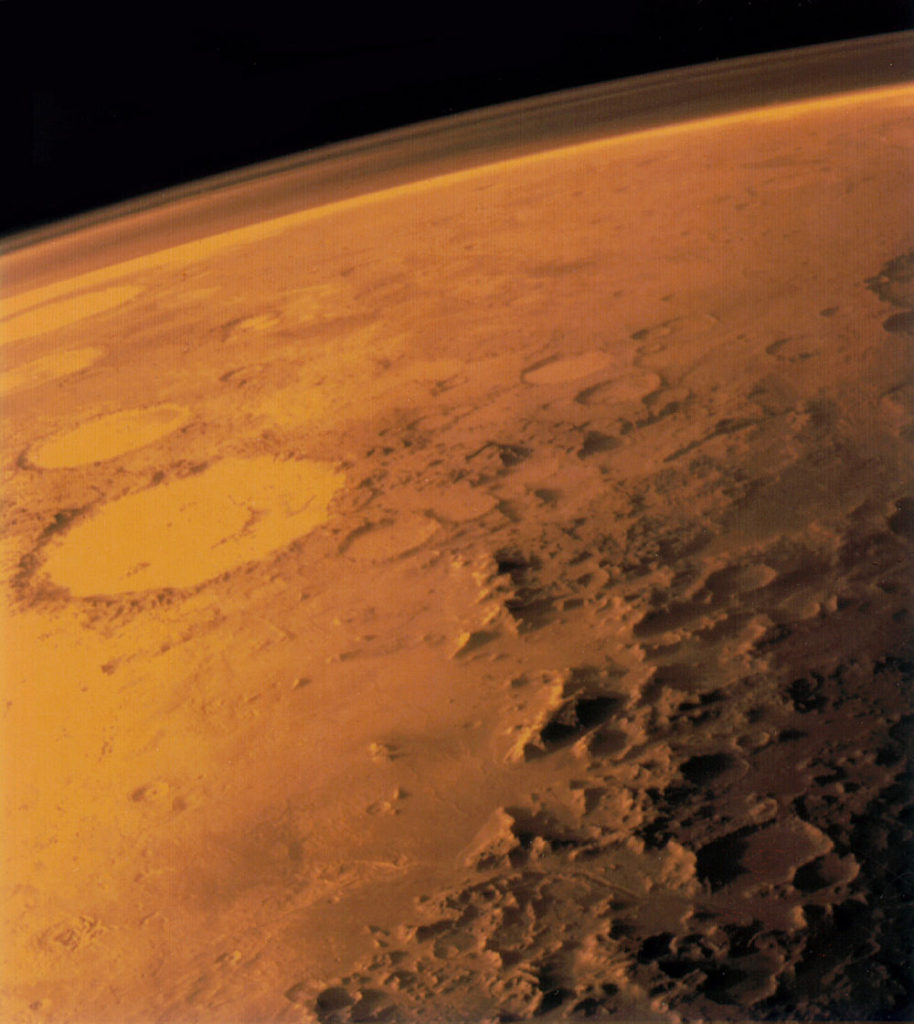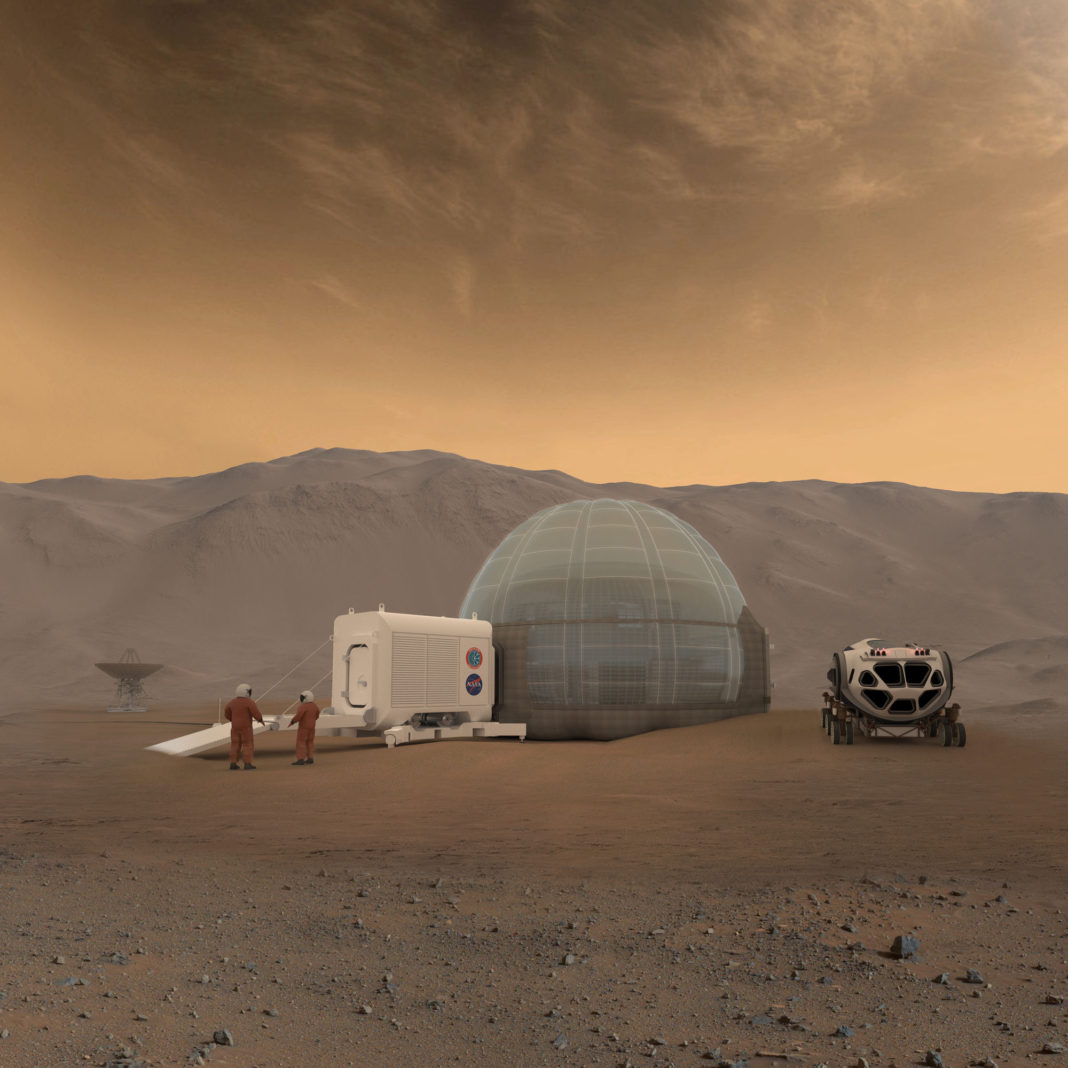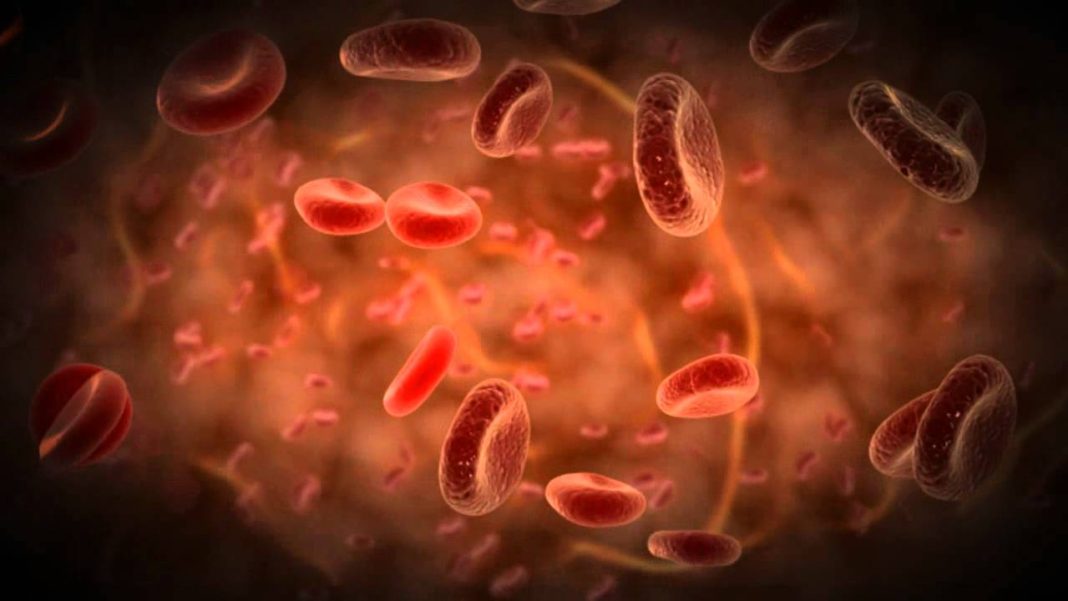One area that astronauts have always had a problem with when it comes to space travel is the amount of radiation they’re exposed to. Because the Apollo astronauts weren’t actually outside the aircraft for a long time they weren’t affected too much by this problem. But, with the upcoming Mars missions looking to go ahead where people will be colonizing on the Red Planet, this could cause major issues if something isn’t put in place to protect them against radiation.
The human body can become damaged by long-term exposure to the high-energy particles that are produced by the sun and other stars in the Milky Way. While the majority of solar particles are low energy photons that are absorbed by their surroundings, there’s still a small portion of these galactic cosmic rays that are in fact heavy chemical elements. Because these elements travel close to the speed of light when they do collide with spacecraft the damage is catastrophic. They break apart the atoms that make up the spacecraft and penetrate through to produce a second shower of radiation inside. Long-term exposure to this radiation would almost certainly cause an increased risk to cancer and other diseases. Short-term, people would probably experience acute sickness including nausea, vomiting, and bleeding.

You can see the atmosphere above Mars’ surface—it’s the translucent arc above the solid ground. That thin layer is all that’s protecting astronauts from radiation, much less than the barriers surrounding Earth.
So, to try and protect our astronauts (and anyone else looking to travel up to Mars shortly) teams at NASA’s Langley Research Center and those at the Space Exploration Architecture and Clouds Architecture Office got together to come up with a plan. What they have so far involves using giant ice bubbles as a shield. The design is called the Mars Ice Home and is a large inflatable dome that’s filled with water. This water will freeze once hit with the Martian air, and that thick layer of ice is what will protect the inside dome from letting any harmful radiation through to the living quarters.
Having the ice dome inflatable means it’s light and compact and therefore easily transportable. Now the only issue they have is how to fill the dome with water once they get in up there. Although NASA experts have confirmed there’s enough water to fill the dome just by extracting it from Mars; it would take around 400 days to complete. However, if this can be done by hand by some automated process, everything would be ready and in place waiting for the first crew to arrive which would save a great deal of time and effort.
More News to Read










